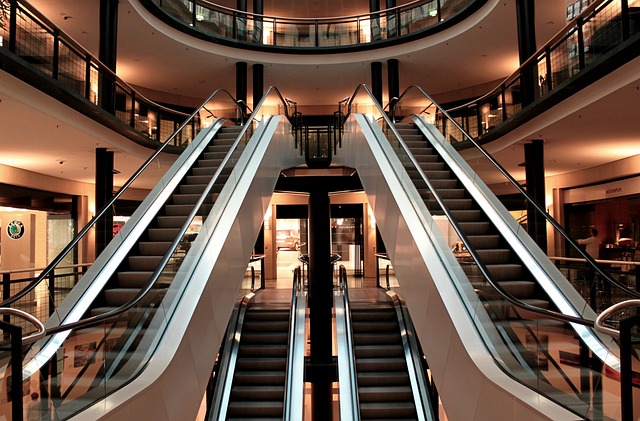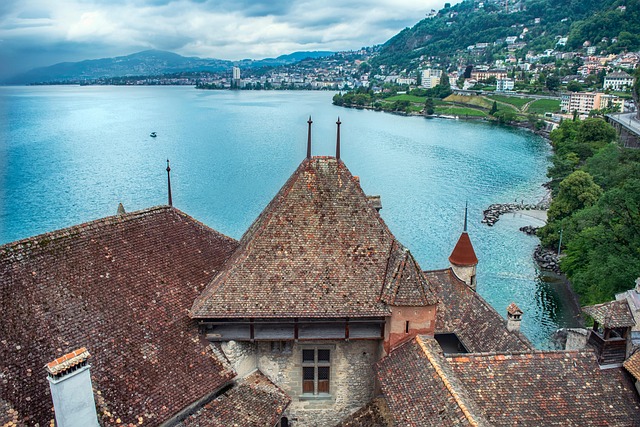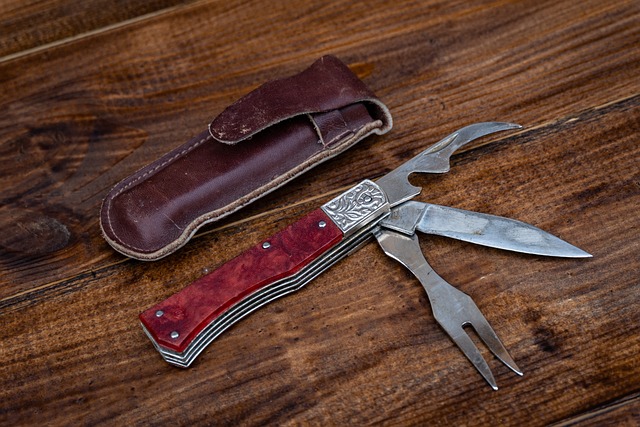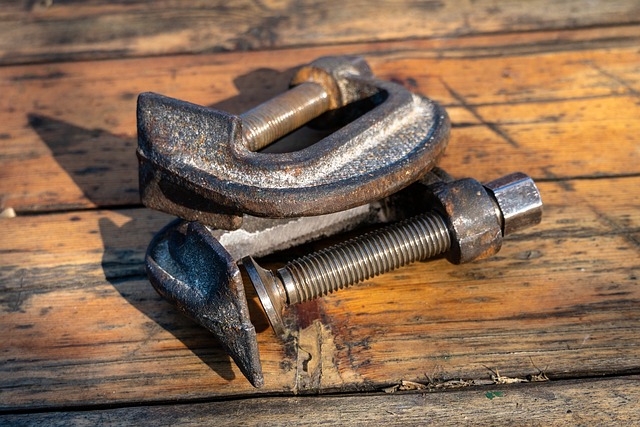Commercial buildings require robust roofing solutions that can handle heavy loads, extreme weather, and multiple occupants' safety. Metal roofing, particularly steel and corrugated panels, is a popular choice due to its superior strength, longevity, low maintenance, and durability over traditional options. Standing seam roofs offer enhanced waterproofing, making them ideal for industrial and warehouse settings. These modern systems maintain structural integrity, energy efficiency, and functionality, providing cost-effective solutions for businesses in the competitive commercial services sector. Investing in metal roofing commercial services offers exceptional durability, with proper care allowing these roofs to last decades, reducing maintenance costs and enhancing building longevity.
In today’s competitive market, industrial and warehouse buildings require robust, long-lasting solutions. Metal roofing emerges as a top choice for metal roofing commercial services, offering unparalleled strength and durability. This article explores the unique demands of commercial structures and how metal roofing meets—and often exceeds—these challenges. From understanding structural stress to installation best practices and maintenance tips, we delve into the key advantages that make metal roofing a game-changer in the industry.
- Understanding the Demands of Commercial Buildings
- The Advantages of Metal Roofing for Industrial Spaces
- Strength and Durability: Key Factors in Warehouse Roofing
- Installation Process: A Step-by-Step Guide
- Maintenance and Longevity: Ensuring Your Investment
- Case Studies: Success Stories in Metal Roofing Commercial Services
Understanding the Demands of Commercial Buildings

Commercial buildings, with their expansive footprints and diverse functions, present unique challenges when it comes to roofing. These structures often serve as the backbone of industries, warehouses, and retail spaces, demanding robust and reliable roofing solutions. Unlike residential properties, commercial buildings must accommodate heavy loads, withstand extreme weather conditions, and ensure safety for a variety of occupants. The roofing system plays a critical role in maintaining the structural integrity, energy efficiency, and overall functionality of these facilities.
Metal roofing has emerged as a popular choice among commercial building owners and architects due to its exceptional strength and longevity. Materials like steel and corrugated roof panels offer superior durability compared to traditional roofing options. Furthermore, their low maintenance requirements make them an attractive prospect for businesses seeking cost-effective solutions. Standing seam roofs, with their seamless design, provide added protection against water penetration, making them ideal for industrial and warehouse settings where robust waterproofing is essential.
The Advantages of Metal Roofing for Industrial Spaces

Metal roofing has become a popular choice for industrial and warehouse buildings due to its exceptional durability and strength. Commercial spaces often face harsh weather conditions, heavy loads from storage, and constant foot traffic, making traditional roofing materials susceptible to damage. Metal roofing commercial services offer a robust solution with steel roofing or corrugated roof panels that can withstand these challenges.
The advantages of metal roofing in industrial settings are numerous. Firstly, it provides superior resistance to high winds and extreme weather events, which are common in many industrial areas. Additionally, the rigid structure of standing seam roofs ensures better load-bearing capacity, allowing buildings to support heavier workloads without compromising structural integrity. This longevity also translates into cost savings over time, as metal roofing requires less frequent replacement or repair compared to other materials.
Strength and Durability: Key Factors in Warehouse Roofing

In the competitive world of commercial services, warehouse owners are increasingly turning to metal roofing as a strategic choice for their properties’ exterior. This decision is driven by two primary factors: strength and durability. Metal roofing offers unparalleled resilience against the elements, making it an ideal solution for industrial buildings that often face harsh weather conditions. Whether it’s a standing seam roof or corrugated roof panels, these structures provide long-lasting protection.
The sturdy nature of steel roofing ensures that warehouses remain secure and safe from potential damage caused by strong winds, heavy rain, or snow. Its durability translates to reduced maintenance costs over time, making it a cost-effective option for business owners. With proper installation and regular upkeep, metal roofing can stand the test of time, guaranteeing the integrity of the warehouse structure for years to come.
Installation Process: A Step-by-Step Guide

The installation process for metal roofing on industrial or warehouse buildings involves several precise steps to ensure longevity and strength. It begins with thorough preparation of the roof deck, including inspections and repairs as needed. The next step is to install underlayment, a protective barrier that shields against moisture and provides an additional layer of insulation.
After the underlayment is secured, the installation of corrugated roof panels or standing seam roof systems commences. These metal roofing solutions are known for their durability and resistance to extreme weather conditions. Each panel or section is meticulously aligned and fastened using specialized hardware, creating a seamless finish that enhances the building’s structural integrity. The final touches involve sealing all joints and edges, ensuring water tightness and further protecting against environmental factors. With careful execution, these steps guarantee a robust metal roofing system tailored for commercial services.
Maintenance and Longevity: Ensuring Your Investment

When you invest in metal roofing for your industrial or warehouse building, maintaining its longevity and strength is paramount. Unlike traditional roofing materials that can degrade over time, metal roofing commercial services offer a durable solution that can withstand harsh weather conditions and heavy loads. Regular inspections and simple cleaning are usually all it takes to keep your steel roofing in top condition.
One of the key advantages of metal roofing is its resistance to corrosion and damage. Corrugated roof panels, with their robust standing seam design, provide exceptional strength and flexibility. This means less risk of leaks and structural failures, ensuring your building remains protected for years to come. With proper care, a metal roof can last for decades, making it a cost-effective choice in the long run.
Case Studies: Success Stories in Metal Roofing Commercial Services

In the realm of industrial and warehouse construction, metal roofing has emerged as a game-changer, offering unparalleled strength and longevity. Numerous case studies highlight successful implementations of metal roofing commercial services, showcasing its superior performance in challenging environments. For instance, a prominent study focused on a large distribution center that retrofitted its traditional roof with a standing seam roof system. The results were remarkable; the new steel roofing reduced maintenance costs by 40% and significantly increased the building’s lifespan, allowing for more efficient long-term operations.
Another success story involves a series of warehouse structures that adopted corrugated roof panels as their primary defense against the elements. These panels, known for their durability and light-weight design, withstood extreme weather conditions, including heavy snow loads and powerful storms, without compromise. This case demonstrates how metal roofing can adapt to various building designs, providing robust protection while enhancing the overall aesthetics of commercial properties. Such real-world examples underscore the benefits of metal roofing in ensuring safe, efficient, and visually appealing industrial and warehouse spaces.
